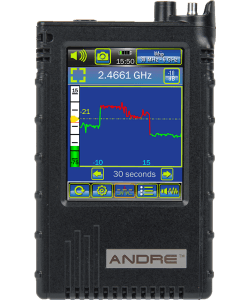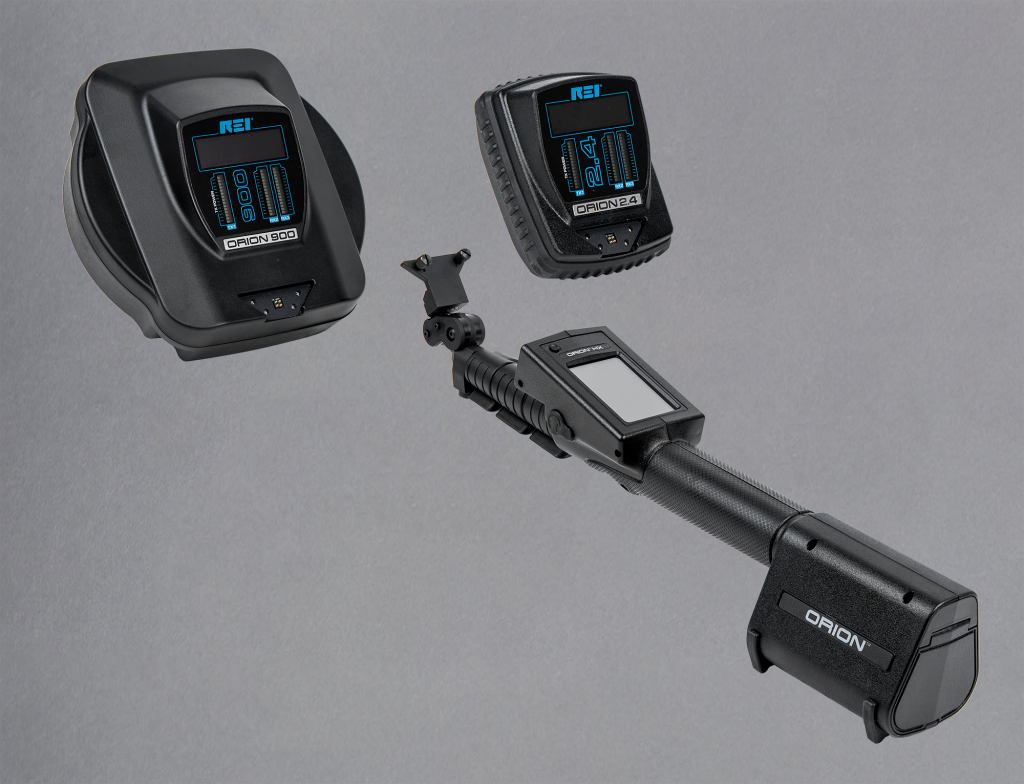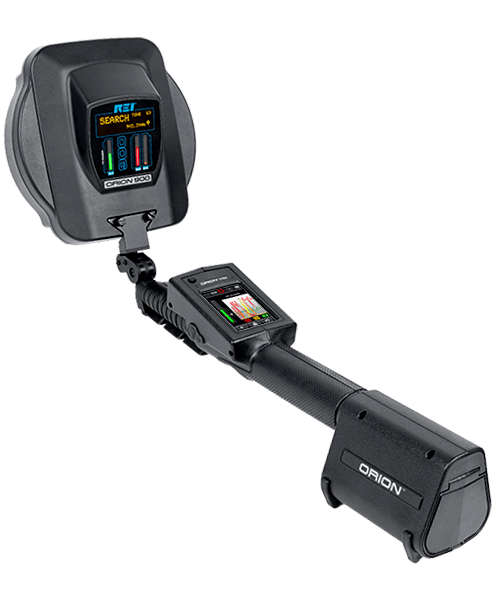Recently a new OSCOR Firmware update was released on the REI website. This free download is available for the OSCOR Blue and OSCOR Green Spectrum Analyzers. In addition to performance improvements, two file and data operations have been added to the latest firmware.
Frequency Allocation Information
When generating a signal list, the OSCOR will automatically populate the comments field with information about the frequency band that a signal might be a part of for the currently selected ITU region. This information contains known regulatory or other uses of given frequency bands. Depending on the frequency there may be multiple allocations given. The frequency allocation information is also provided anytime that a signal is added to an existing signal list.



